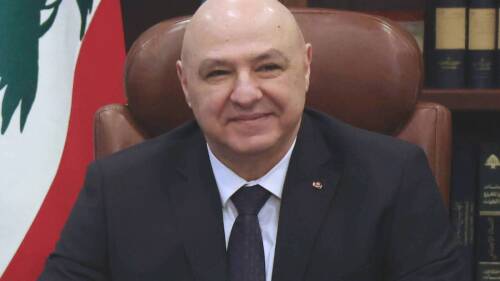Russia-Iran relations are their warmest in centuries. While Russian assistance to Iran’s nuclear program and Iranian supply of drones and ballistic missiles to Russia are well-known, the two countries’ military, military-industrial, and economic ties are growing far deeper behind-the-headlines.
The Joint Training Uptick
Consider joint training. While the Islamic Revolutionary Guard Corps (IRGC) often sends teams to participate in Russia’s “military Olympics” to compete in sniper shooting, tank driving, swimming, parachuting and Suvorov attacks, the IRGC now sends a military team to train alongside elite Russian mountain units. In July 2024, they together climbed the 18,510-foot Mount Elbrus, Europe’s highest peak.
Such expeditions may seem minor, but they reflect the degree to which the two countries build interoperability between their special units and augment the ability of the IRGC to employ people across the Middle East. Not only is Iran is a mountainous country and has 67 peaks that exceed 10,000 feet above sea level, but Lebanon, Yemen, and Afghanistan each have peaks exceeding 10,000 feet. Put another way, Iran may soon become the only state in the Middle East to have specialized units with mountaineering capabilities. Iranian Air Force officials hint that they may soon train with their Russian counterparts.
Military-Industrial Ties
The two countries have also built their military-industrial cooperation. In March 2024, for example, Iran’s Ministry of Defense inaugurated a factory to build aircraft spare parts.
While Iranian officials have long exaggerated claims that the Islamic Republic’s indigenous industrial base has filled a strategic deficit despite international sanctions, the statement by Javad Mashayekh, a deputy director of the ministry’s scientific and economic development department, that Iran could now provide these spare parts to Russia suggests an actual capability. “Russia has suffered many sanctions in the aviation sector due to the Ukraine crisis, and for this reason, it has concluded good contracts for maintenance services with Iranian knowledge-based companies,” he explained. Such collusion between Tehran and Moscow is now more rule than exception.
The two countries (and Azerbaijan) actively collaborate on energy production. In August 2024, the Iranian government announced that the Islamic Revolutionary Guard Corps would both produce nano-catalysts in order to help increase its hydrocarbon production, but also export such catalysts to Russia for their own purposes. “Experts of a knowledge-based company in three Russian steel and petrochemical complexes are setting up catalyst production units for this country, and the world’s largest petrochemical producer of urea and ammonia is also supposed to enter the production circuit with Iranian catalysts,” the Iranian press reported. They were explicit about how the trade could help Russia bust sanctions:
The drone and ballistic trade may make headlines but Western officials should have no illusions that they are isolated examples of cooperation; rather, they are the tip of the iceberg. The broader challenge for policymakers is two-fold: First, Russia and Iran are increasing their interoperability and, second, the two countries are designing their respective industrial bases to help the other evade targeted sanctions.
Published originally under the title “The Unexpected Ways Iran and Russia Are Building Military Ties.”








